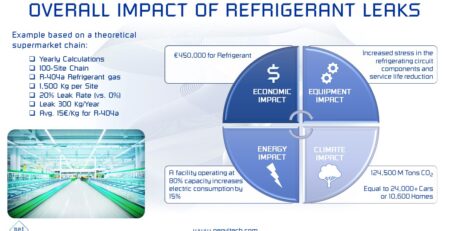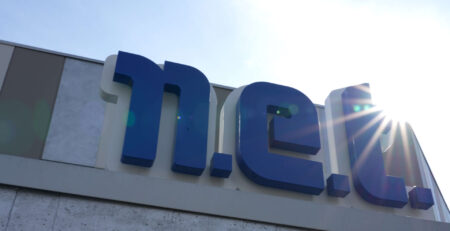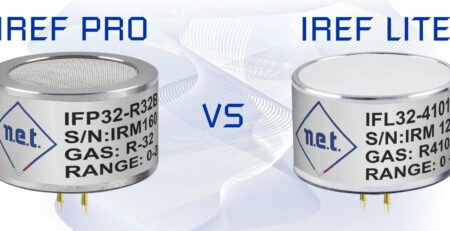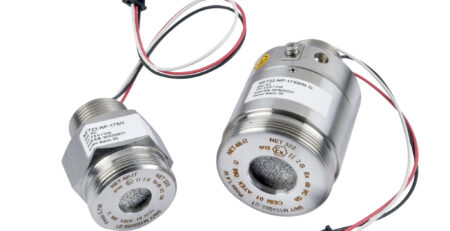TCO-CHARGE SIZE DIAGRAM
Different gases are used every day in air conditioning and refrigeration systems. All have different thermodynamic, thermophysical and chemical properties, making it more or less suitable to a specific type of system. But when choosing a refrigerant, it is not all about technological aspects. Environmental and safety regulations, local standards, maintenance aspects and disposal considerations all play a role in defining what the Total Cost of Ownership (T.C.O.) of the system will amount to.
Total cost of ownership is a financial estimate intended to help buyers and owners determine the direct and indirect costs of a product or service (Wikipedia).
In the diagram above you will find a qualitative diagram explaining which gas work better for systems of different Charge Sizes and which are more expensive. Charge Size is the quantity of refrigerant in the refrigeration system.
As you can see some gases are more suited to smaller systems, such as Hydrocarbons (HC) and in particular Propane, others to bigger systems such as Ammonia (NH3) and Carbon Dioxide (CO2) while Fluorinated gases (HydroFluoroOlefins – HFOs – and HydroFluoroCarbons – HFCs) dominates the middle ground.
Learn more about Refrigerant leak detection in our dedicated section.








